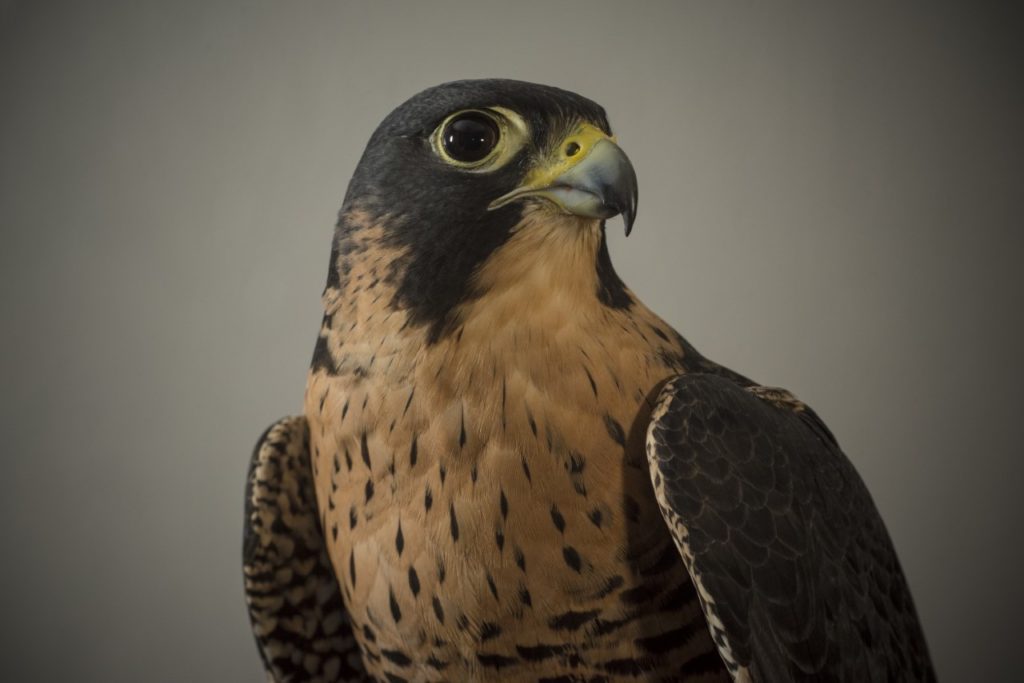The Peregrine Falcon, known for its remarkable speed and agility, preys on medium-sized birds by diving down from great heights in a stunning stoop. In the mid-20th century, this species faced near extinction in eastern North America due to pesticide poisoning. However, thanks to extensive recovery efforts, Peregrine Falcons have made a remarkable comeback and are now commonly spotted in various large cities and coastal regions. Adult Peregrine Falcons feature dark plumage on their backs, barred underparts, and a distinctive dark head adorned with thick sideburns (also called malar stripes). In contrast, juveniles are heavily marked with vertical streaks on their breasts instead of horizontal bars. This species primarily feeds on birds, with an astonishing 450 North American species recorded as prey. Their diet ranges from large birds, such as Sandhill Cranes, to smaller ones like hummingbirds, and they have even been observed hunting bats.
Fun Facts
- The Peregrine Falcon is an incredibly swift bird, flying at an average speed of 30 mph during travel and reaching up to 70 mph when pursuing its prey. During its impressive hunting stoop from heights exceeding half a mile, this falcon can attain speeds of 200 mph as it descends towards its target.
- The oldest recorded Peregrine Falcon lived to be at least 19 years and 9 months old, identified by its band in Minnesota in 2012, where it was originally banded in 1992.
- The term “peregrine” translates to “wanderer.”
- The Peregrine Falcon is among the most widely distributed birds globally, inhabiting all continents except Antarctica and many oceanic islands.


